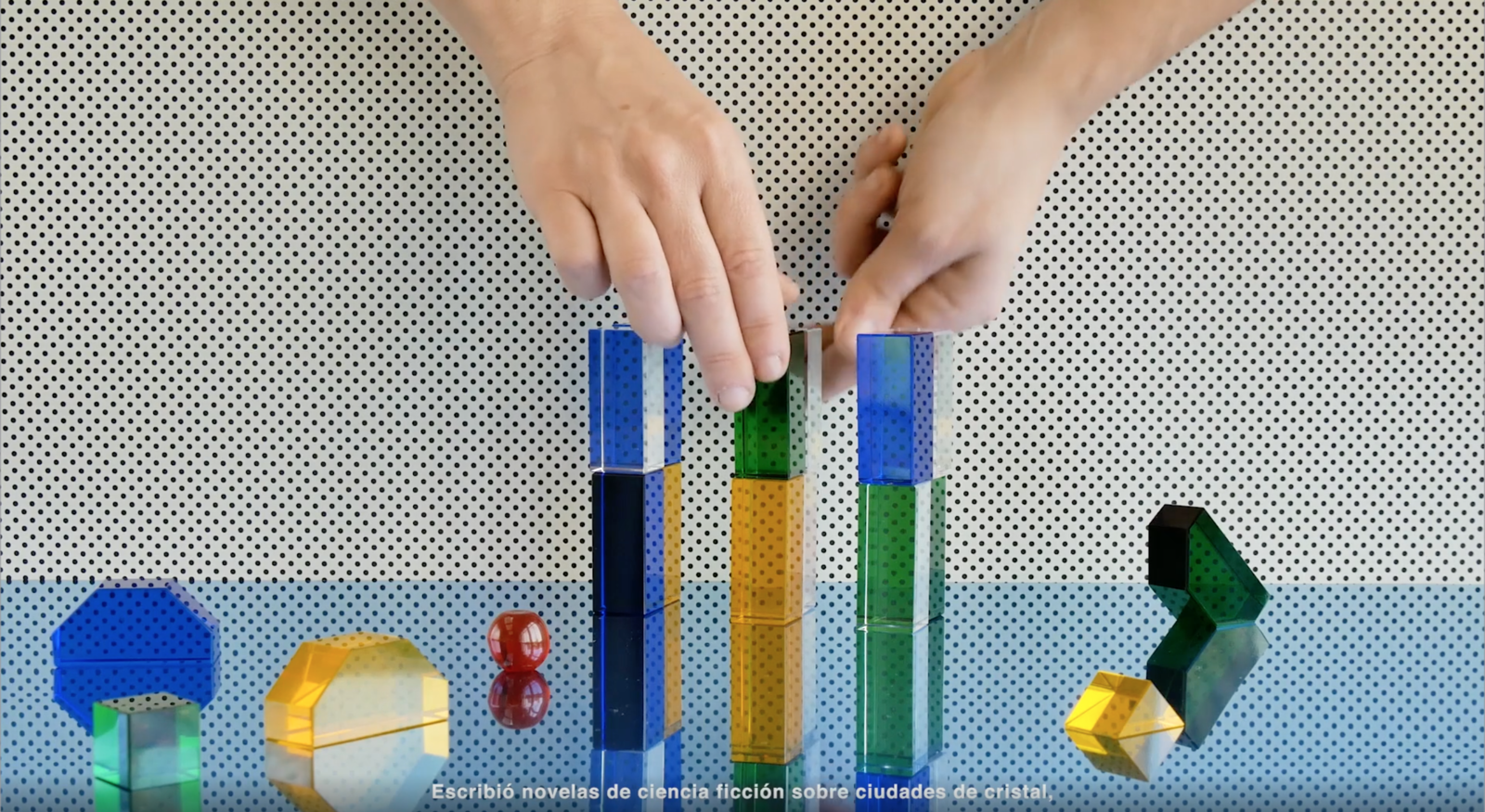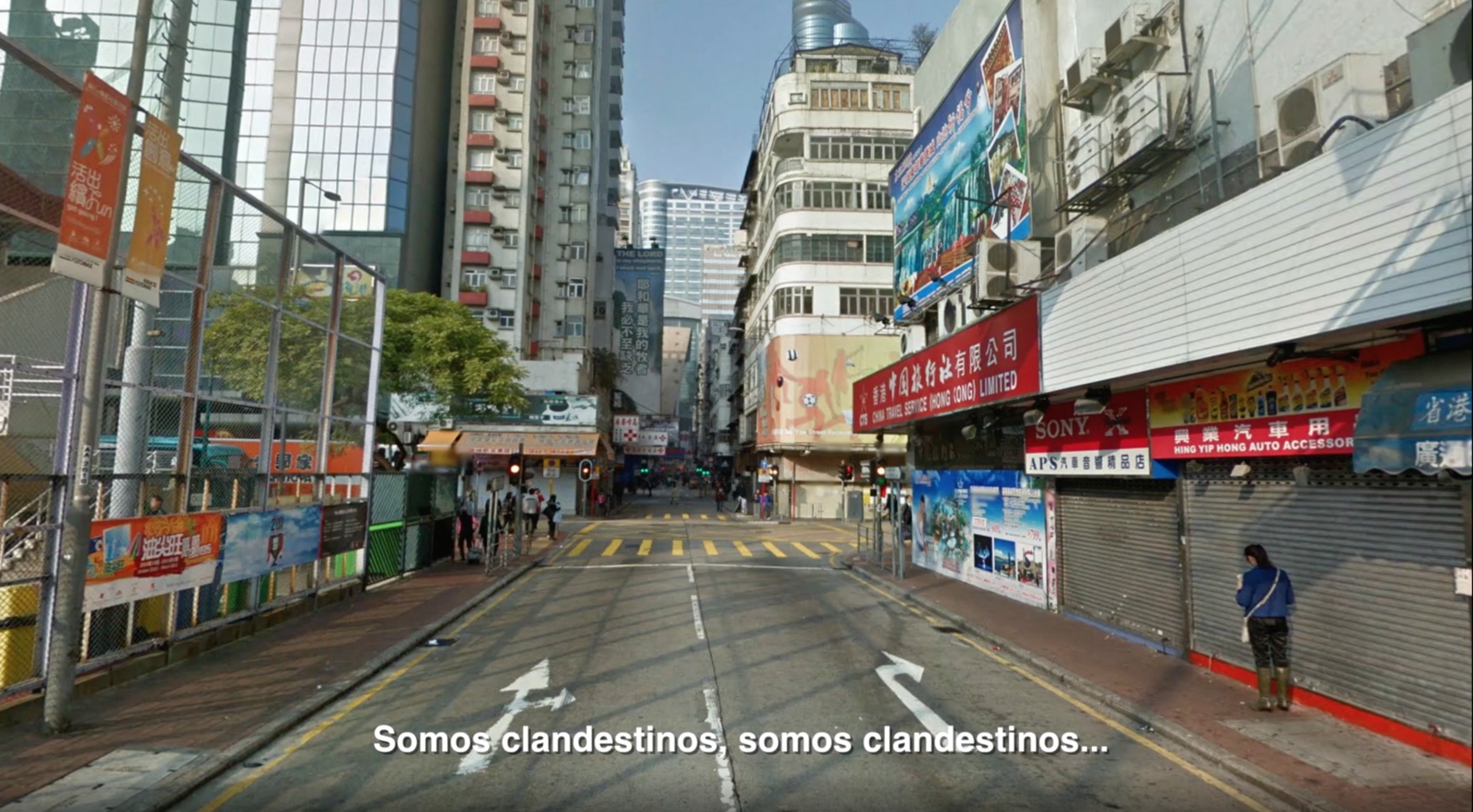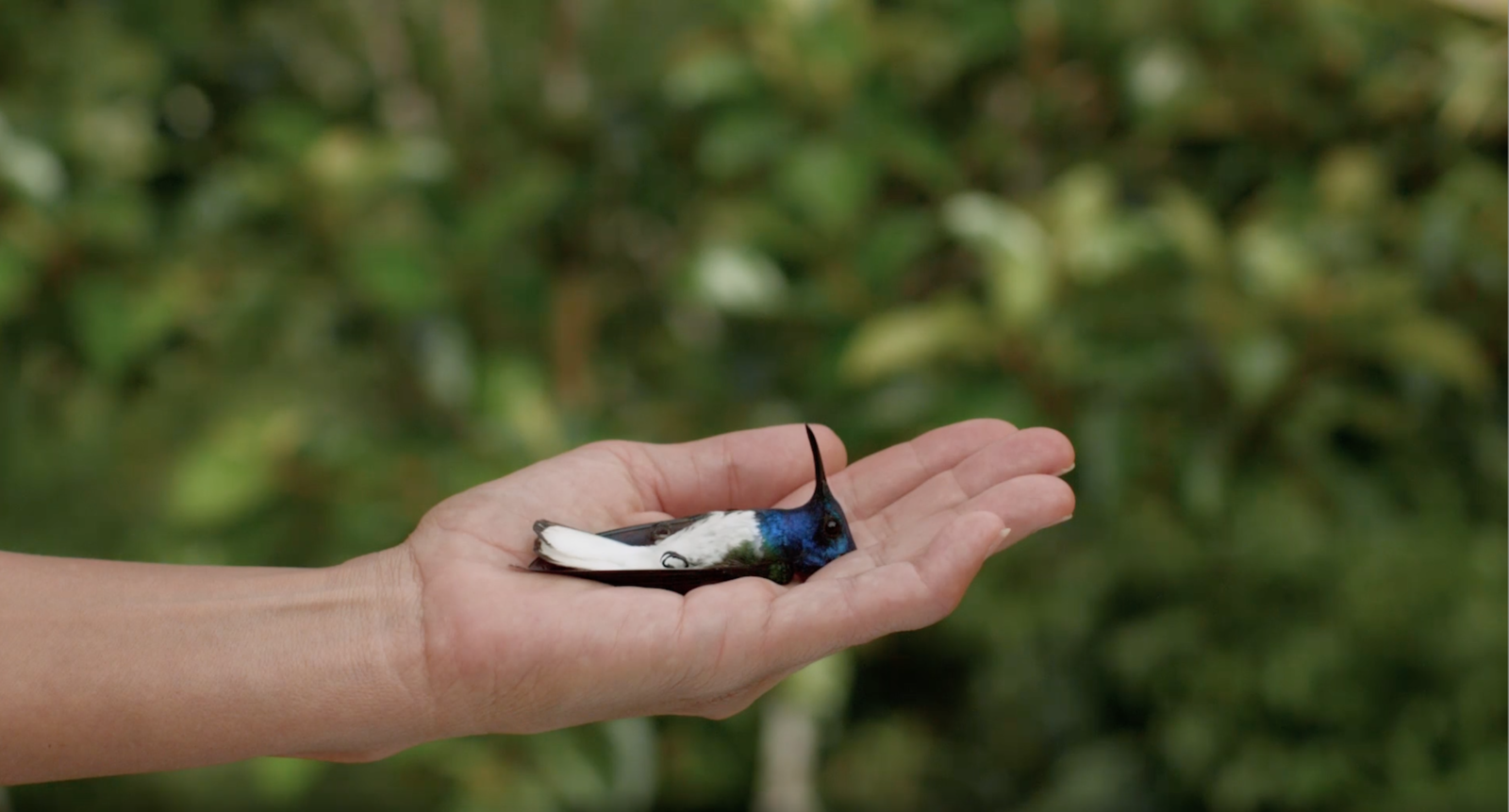Reactivando Videografías
Facebook / Twitter / Instagram / #ReactivandoVideografías / #ProgramaVentana
“This project is underpinned by research and debate around the conjunction of artistic production in the digital medium: the artists’ works allow us to gain insight into the heterogeneity and contradictions of virtual fabric, where art-making and its practices unfold.”
–Ángeles Albert, director of Spain’s Royal Academy in Rome
With the aim of bringing to the fore different working methods and formats in video art inside the current health care context, the online exhibition Reactivating Videographies displays a selection of works which are arranged to form a reflection on video art and its artists. Thus, a virtual public space comes into being over a two-year period to showcase the audiovisual work of over 70 artists in Europe and the Americas.
The show assembles an expansive cartography, inhabited by a wide diversity of video artists’ voices hailing from a total of 17 countries: Argentina, Bolivia, Chile, Costa Rica, El Salvador, Spain, Guatemala, Equatorial Guinea, Honduras, Italy, Mexico, Nicaragua, Panama, Paraguay, Peru, the Dominican Republic and Uruguay.
The project’s intuitive website is a platform designed to grant direct access to every piece, with each one accompanied by its respective synopsis, curatorial text and artist biography. In this instance, technology once again becomes a powerful ally, meeting the challenge of conceiving an exhibition at a time when in-person visits face a host of challenges.
The exhibition is curated by Estíbaliz Sádaba Murguía, an artist who holds a PhD in Art and Research, and organised by the Spanish Agency for International Development Cooperation (AECID), and constitutes a joint project with Spain’s Royal Academy in Rome and Spain’s Network of Cultural Centres in Latin America, the Caribbean and Equatorial Guinea.
A programme of debates and lectures
Alongside the virtual exhibition Reactivating Videographies, the creation of a one-year-long narrative is put forward via a programme of debates and lectures in an open and online format, under the title: “Videographies. Culture Between the Cameras.” The series is curated by Remedios Zafra.
During this period, the show will be supported by publications and by residencies at Spain’s Royal Academy in Rome for participating artists and curators. The project will culminate in a physical exhibition housed in the Royal Academy’s rooms, displaying and assembling all selected audiovisual pieces.
Reactivating Videographies is an initiative that takes place inside the framework of AECID’s VENTANA (WINDOW) Programme, “A window into Spanish Culture,” and seeks to continue propelling, through cultural cooperation and despite the difficulties brought about by the health emergency, the internationalisation of male and female artists, creators and Spain’s cultural industries, thereby fostering artistic collaboration and networks, primarily through digital mediums.
About the curators
The curators from each country have incorporated three works by different video artists into the virtual exhibition, and are made up of university lecturers, editors, cultural managers and writers who have been selected by each of Spain’s Cultural Centres, with a consideration of their respective backgrounds within the field of video art.
Participants:
Bayardo Blandino, Anita Calà, Clara Caminero, Mauricio Esquivel, Gustavo Galuppo, Gabriela Golder, Gisselle Girón, Sayuri Guzmán, Aline Hernández, Max Jorge Hinderer Cruz, Mauricio Kabistan, Jacqueline Lacasa, Iris Lam, Pedro Mbá, Fernando Moure, Josseline Pinto, Natasha Pons, Estibaliz Sádaba Murguia, Carolina Senmartin, Gabriel Serra Arguello, and Gladys Turner Bosso.
About the artists
The artists come together to form a multiple, personal and unequivocally diverse gaze, whereby internationally renowned figures join young and not so young artists. Reflecting the character of the Network of Cultural Centres and work around artistic production, the artists will end this journey on site in Rome in 2022.
Participants:
Antoni Abad, Ignacio Alcántara, Mónica Araya, Francesca Arri, Daniel Assedu Mobajale, Javiera Astudillo, Matteo Attruia, Rosalía Banet, Francisco Belarmino, Antonio Blanco Tejero, Ángela Bonadies, Andrea Canepa, Julia Castagno, Manuel Chavajay, Estefanía Clotti, Donna Conlon, Cuqui, Alejandro de la Guerra, Vanessa de la O, Andrés Denegri, Sofía Desuque, Luisho Díaz, Paz Encina, Elvira Espejo Ayca, Fernando Foglino, Maria Galindo, Manuela García, Milena García, Laura F. Gibellini, José Guerrero, Melissa Guevara, Carlos Higinio Esteban, Miriam Isasi, Marie Jiménez, Laramascoto, Alma Leiva, Florencia Levy, Jorge Linares, Mario Alberto López, Yola Mamani Mamani, Alejandra Mastro, Julia Mensch, Óscar Moisés, Gabriela Novoa, Daniel Nsue Asumu, Juan Agustín Nve, Hugo Ochoa, Virginia Paguaga, David Pérez Karmadavis, Jhafis Quintero, María Raquel Cochez, Américo Retamal, M Román, Pablo Romano, Nicolás Rupcich, Joaquín Sánchez, Susana Sánchez Carballo, Borja Santomé, Paola Sferco, Elena Tejada Herrera, Lamberto Teotino, Erik Tlaseca Gaona, Lía Vallejo, Soledad Videla, Tania Ximena, and the Proyecto 3399 collective.
A project by AECID (the Spanish acronym for the Spanish Agency for International Development Cooperation), Spain’s Royal Academy in Rome and Spanish Cooperation’s Network of Cultural Centres in Latin America, the Caribbean and Equatorial Guinea.





